When disaster strikes, the fate of many often lies in the hands of those in mission control. These films showcase the intense drama, high stakes, and the human spirit's resilience in the face of catastrophic events. From real-life inspired stories to fictional tales of survival, these movies offer a thrilling look at the nerve centers of space and aviation operations.
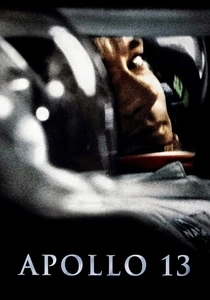
Apollo 13 (1995)
Description: This film captures the harrowing real-life events of the Apollo 13 lunar mission, where an oxygen tank explosion forces NASA's mission control to work around the clock to bring the astronauts home safely.
Fact: The film was nominated for nine Academy Awards, winning two. The real-life Jim Lovell, who was the commander of Apollo 13, made a cameo in the movie.
 Watch Now
Watch Now 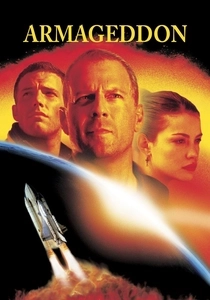
Armageddon (1998)
Description: A massive asteroid is on a collision course with Earth, and NASA's mission control must coordinate a team of oil drillers to save the planet.
Fact: The film features a memorable scene where the team trains in a zero-gravity environment, which was actually filmed in a plane flying in a parabolic arc.
 Watch Now
Watch Now 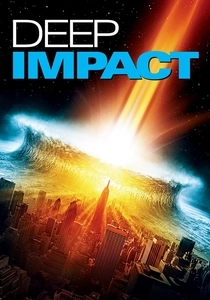
Deep Impact (1998)
Description: This film follows the efforts of NASA and the government to prevent or mitigate the impact of a comet on Earth, with mission control at the heart of the operation.
Fact: The film was released in the same year as "Armageddon," leading to comparisons between the two asteroid-themed movies.
 Watch Now
Watch Now 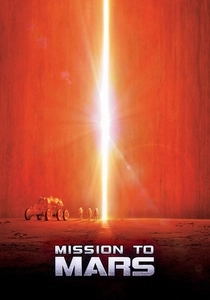
Mission to Mars (2000)
Description: After a disaster on Mars, mission control must send a rescue team to investigate and save the survivors, showcasing the tension and coordination from Earth.
Fact: The film was directed by Brian De Palma, known for his work in suspense and thriller genres.
 Watch Now
Watch Now 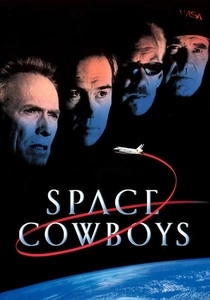
Space Cowboys (2000)
Description: Aging astronauts are called back to duty to repair a Russian satellite, with mission control playing a pivotal role in their mission.
Fact: The film was inspired by the real-life Project Mercury astronauts, and Clint Eastwood, who also directed, played one of the lead roles.
 Watch Now
Watch Now 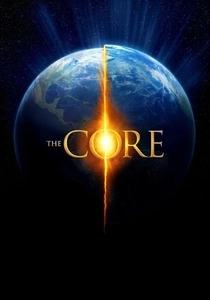
The Core (2003)
Description: When Earth's core stops spinning, scientists and mission control must work together to restart it, preventing global catastrophe.
Fact: The film's premise was inspired by the concept of a "geomagnetic reversal," though the science depicted is largely fictional.
 Watch Now
Watch Now 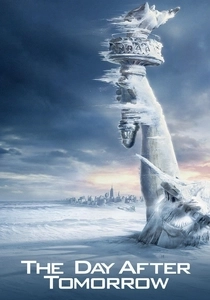
The Day After Tomorrow (2004)
Description: While not directly about space missions, the film includes scenes where weather control centers try to manage and predict the catastrophic weather changes.
Fact: The film was criticized for its scientific inaccuracies but praised for its visual effects.
 Watch Now
Watch Now 
2012 (2009)
Description: As the world faces apocalyptic events, various control centers attempt to coordinate evacuations and survival efforts.
Fact: The film's production involved building a full-scale replica of the White House, which was then destroyed in a spectacular fashion.
 Watch Now
Watch Now 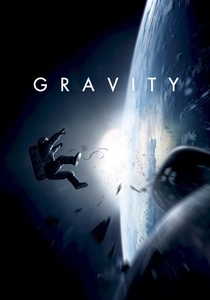
Gravity (2013)
Description: Although primarily set in space, the film includes scenes of mission control working to save astronauts after a catastrophic event in space.
Fact: The film was shot in a zero-gravity environment to simulate space, and Sandra Bullock performed many of her own stunts.
 Watch Now
Watch Now 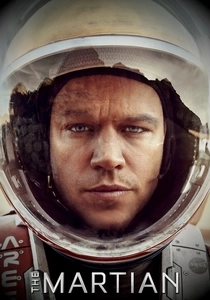
The Martian (2015)
Description: While not exclusively about a control center, the film features NASA's mission control as they orchestrate a rescue mission for astronaut Mark Watney, left stranded on Mars.
Fact: The film was praised for its scientific accuracy, with NASA's Jet Propulsion Laboratory providing technical support.
 Watch Now
Watch Now 








